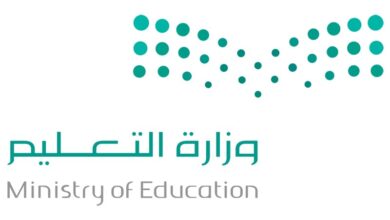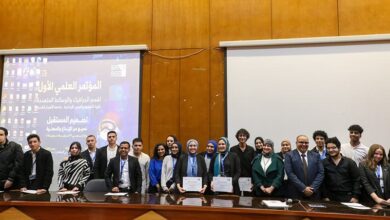Braille Books For Visually Impaired Children
A delegation from the UAE Board on Books for Young People (UAEBBY) recently visited the headquarters of the Zayed Higher Organization for Humanitarian Care and Special Needs (ZHO) in Abu Dhabi where the two sides discussed possible ways of mutual cooperation in various fields related to children’s books in the UAE, with a special focus on books for children with special needs.
The meeting, concentrated on the possibility of cooperation between both entities for developing and producing braille books for blind and visually impaired children.
The meeting was attended by Marwa Obaid Al Aqroubi, President of the UAEBBY Executive Board, and Al Daiya Al Rashidi, Key Support Technician, Ahmed Al Hadi, Press and Computer Technician, from the Zayed Higher Organization for Humanitarian Care and Special Needs, represented in the Blind Printing Press.
Commenting on the visit, Marwa Obaid Al Aqroubi, President of the UAEBBY Executive Board, said: “The visit comes as part of the UAEBBY’s commitment and continuous efforts to cooperate with various UAE institutions and bodies in order to serve the UAE’s general cultural scene and open up new and broader horizons for joint cooperation to show a true picture of the literary renaissance in the country.”
During the meeting, the UAEBBY and the Zayed Higher Organization explored possible ways of unifying efforts to produce books that meet the needs of visually impaired and blind people and develop the content of books in terms of texts and illustrations.
The move comes in the wake of the international treaty on the right of the visually impaired to have access to books, which was signed recently in Marrakesh, Morocco, during the Diplomatic Conference of the World Intellectual Property Organization (WIPO) in the presence of Sheikha Bodour bint Sultan Al Qasimi.
The agreement allows organizations for the blind to freely share their collections of accessibly formatted works across borders, in particular with developing nations, where 90% of the world’s visually impaired people reside according to the World Health Organization (WHO).





